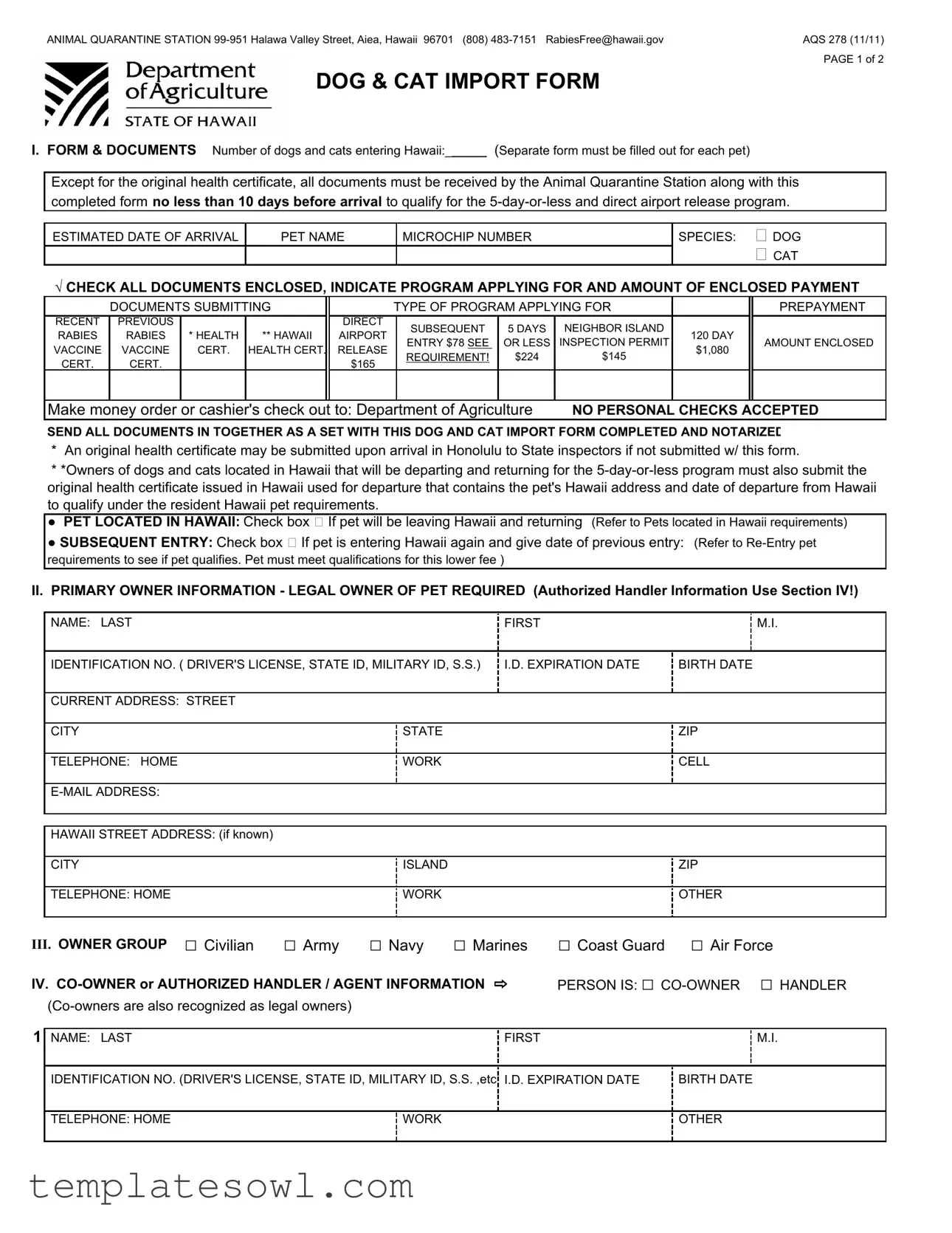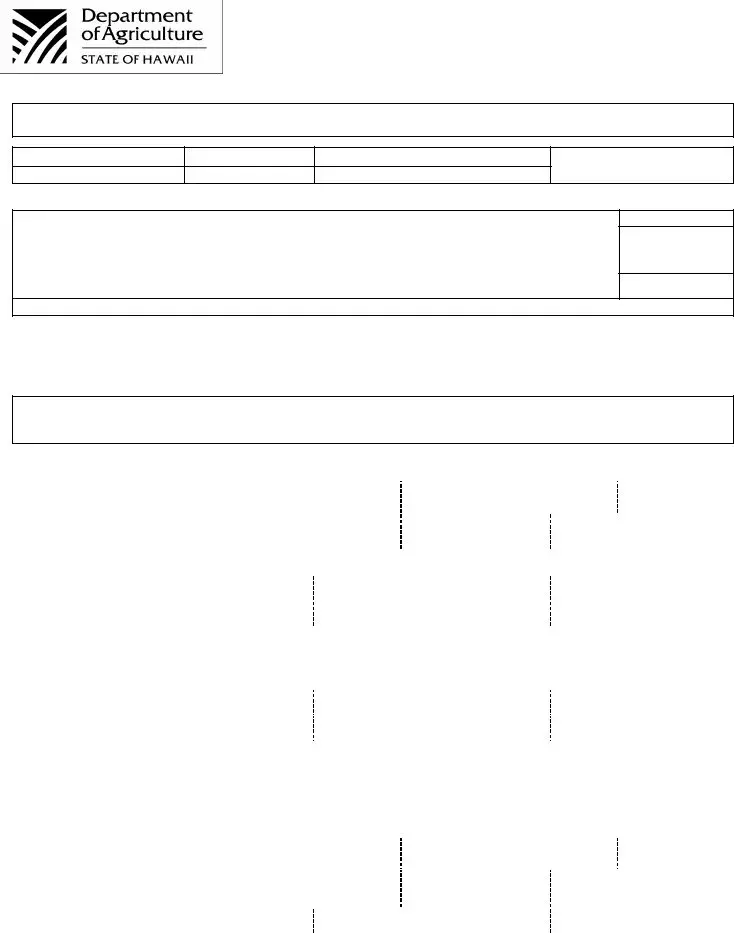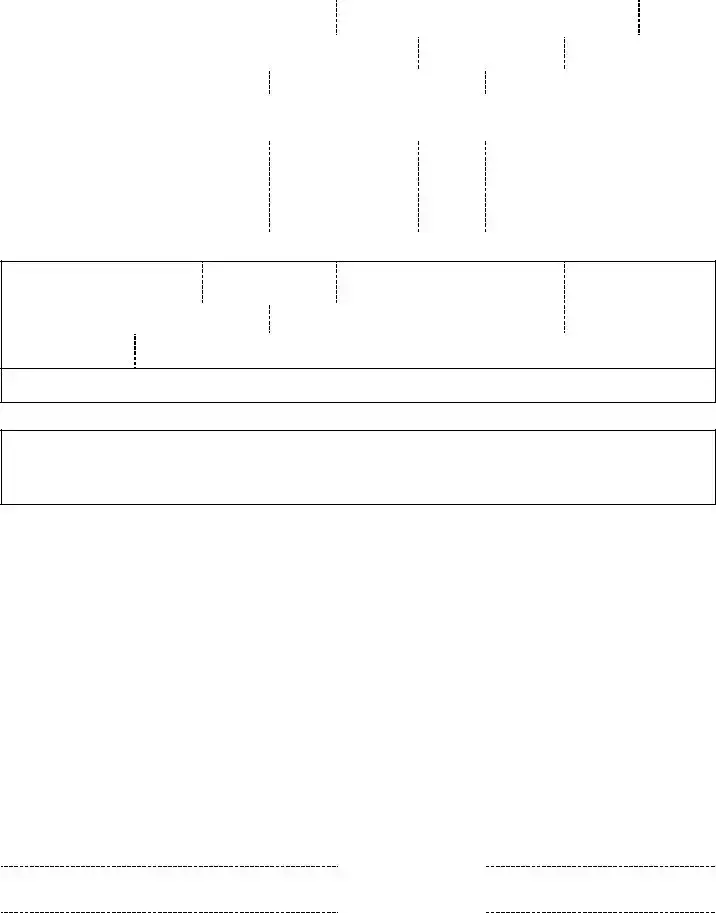What is the AQS 278 form used for?
The AQS 278 form is specifically designed for pet owners wishing to bring their dogs or cats into Hawaii. This form must be completed and submitted along with necessary health documents to the Animal Quarantine Station prior to the pet's arrival. It helps ensure that all health requirements are met, so your pet can qualify for quicker processing and potentially a less-than-five-day quarantine period.
What documents do I need to submit with the AQS 278 form?
When submitting the AQS 278 form, an original health certificate is required, along with additional documents that include proof of rabies vaccination. These must be submitted a minimum of 10 days before your pet's arrival in order to qualify for the 5-day-or-less program or direct airport release. You may need to fill out a separate AQS 278 form for each pet entering Hawaii.
What if I don't submit the required documents on time?
If the necessary documents are not submitted at least 10 days before your pet's arrival, it may result in longer quarantine durations or additional fees. This ensures that your pet meets all health and safety requirements, reducing the risks of spreading diseases. Timely submission is crucial to ensure a smoother entry process.
Can I request a different program for my pet after submitting the form?
Once the AQS 278 form and accompanying documents have been submitted, making changes to the requested program may not be allowed without going through the proper channels. It is essential to carefully choose your desired program at the time of submission to avoid complications later on.
What happens if my pet's arrival is delayed?
If your pet’s arrival is delayed, it's important to inform the Animal Quarantine Station as soon as possible. If your pet arrives before the scheduled eligible date, additional fees will be charged along with a potentially extended quarantine period. Keeping the station informed will help manage any issues that may arise due to changes in travel plans.
How are quarantine fees structured?
The fees for quarantine services vary. For instance, the cost is $165 for direct airport release, $224 for a 5-day-or-less quarantine, and $1,080 for a 120-day quarantine. If further services are needed or additional days are required due to unforeseen circumstances, those will also incur extra charges. Be sure to review the fee structure when filling out the AQS 278 form.
What should I do if I need to make changes to my contact information during the quarantine period?
It is crucial to notify the Animal Quarantine Station of any changes to your address or contact information while your pet is in their custody. This ensures you remain informed about your pet's status and any needed action on your part. Quick communication can prevent misunderstandings or delays regarding your pet’s care and release.


